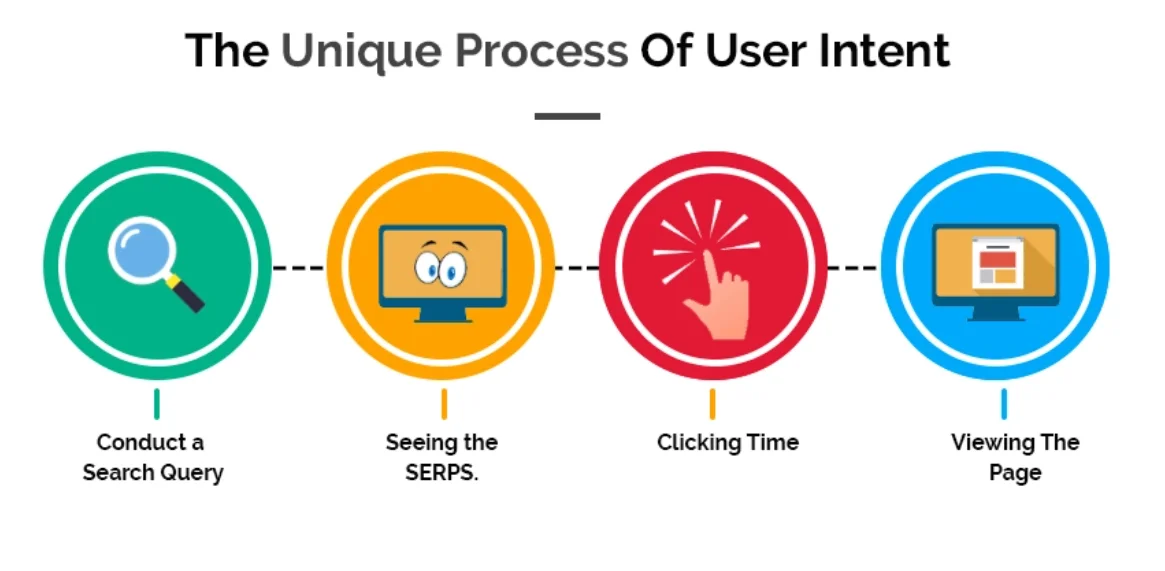
In a world where Google’s algorithms have evolved from keyword matching to understanding context, User Intent SEO has become the heart of every successful search strategy. It’s no longer about stuffing in keywords—it’s about aligning your content with what users actually want. At DigiSwarm, the best digital marketing agency for intent-driven optimization, we empower businesses to master User Intent SEO and connect with their audience more meaningfully and effectively.
What Is User Intent SEO?
User Intent SEO refers to optimizing your content to match the specific intent behind a search query. Google now prioritizes pages that fulfill searcher intent, not just ones that mention the keyword.
There are three primary types of user intent:
-
Informational – The user is looking to learn something (e.g., “What is user intent in SEO”)
-
Navigational – The user wants to find a specific website or page (e.g., “DigiSwarm homepage”)
-
Transactional/Commercial – The user is ready to buy, sign up, or take action (e.g., “hire the best SEO agency in India”)
By understanding these, marketers can tailor their content to align with User Intent SEO principles.
Why User Intent SEO Matters in 2025
Google’s algorithm is now better than ever at identifying searchers’ goals, thanks to AI updates like BERT and MUM. That means content that doesn’t satisfy user intent will get buried, no matter how “optimized” it looks on the surface.
Here’s why User Intent SEO is critical:
-
Higher rankings: Search engines reward content that matches the intent
-
Improved engagement: Users stay longer and convert more
-
Lower bounce rates: When expectations match delivery, users don’t click away
-
Voice search compatibility: Conversational queries are intent-driven
-
Better content ROI: You create less but perform more
At DigiSwarm, we build content strategies rooted in User Intent SEO, resulting in higher traffic quality and conversions.
How to Identify User Intent for SEO Success
1. Analyze the SERP (Search Engine Results Page)
Type your target keyword into Google and look at the top 10 results. Are they blogs, product pages, how-to guides, or videos? Google is showing you what content best matches the intent behind that query.
2. Use Intent-Based Keywords
Instead of optimizing for “CRM tools,” which is broad, target “best CRM tools for small business 2025,” which signals transactional or commercial intent.
3. Segment by Funnel Stage
Map keywords to funnel stages:
-
Top of Funnel (ToFu): Informational intent → blog posts, explainer videos
-
Middle of Funnel (MoFu): Navigational/comparison intent → guides, reviews
-
Bottom of Funnel (BoFu): Transactional intent → product pages, pricing, testimonials
User Intent SEO works best when your content library spans the full journey.
Matching Content Types with User Intent
| Intent Type | Content Format | Example |
|---|---|---|
| Informational | Blog posts, infographics, videos | “How does SEO work?” |
| Navigational | Landing pages, homepage, service pages | “DigiSwarm SEO services” |
| Transactional | Product pages, CTAs, case studies | “Hire an SEO agency in Delhi” |
By aligning content types to query purpose, you enhance your User Intent SEO approach dramatically.
Tools to Assist With User Intent SEO
-
Google Search Console – See what queries bring users to your pages
-
AnswerThePublic – Find related questions and phrasing
-
SEMrush / Ahrefs – Analyze SERP features and intent signals
-
Surfer SEO – Intent-aware content scoring
-
MarketMuse – Content planning based on query clusters
At DigiSwarm, we combine these tools with manual SERP reviews to craft high-performing User Intent SEO content plans.
Real-World Impact: User Intent SEO in Action
A SaaS client at DigiSwarm had dozens of blogs ranking with poor CTRs and engagement. After performing a User Intent SEO audit, we revised the content to better match intent:
-
Changed informational posts to include actionable guides
-
Converted “top 10 tools” listicles into comparison tables
-
Reorganized product pages to answer pre-purchase questions
Results:
-
55% increase in organic CTR
-
36% lower bounce rate
-
22% increase in demo sign-ups
User Intent SEO transforms not just ranking, but engagement and conversion.
Mistakes to Avoid in User Intent SEO
-
Assuming all traffic is good traffic: Misaligned intent leads to wasted clicks.
-
Forgetting about the SERP layout: Featured snippets, “People Also Ask,” and videos show what users expect.
-
Over-optimizing for keywords only: Ignore the searcher context and you’ll lose.
-
Not testing CTAs: Intent should shape how you ask for action.
-
Writing one-size-fits-all content: Every keyword has a unique journey stage.
Avoiding these mistakes ensures your User Intent SEO strategy stays focused and effective.

Outdated Yet Informative References
-
Search Engine Journal’s Search Intent Article (2019)
-
Backlinko’s Content Intent Analysis (2020)
These resources laid the groundwork for today’s User Intent SEO best practices.
What’s Next for User Intent SEO in 2025?
-
AI intent prediction models: Automatically adjusting content in real-time
-
Intent-based dynamic pages: Personalized page versions based on traffic source
-
Voice search adaptation: Structured for question/answer intent
-
Multimodal SERP dominance: Matching queries with visual/audio results
DigiSwarm is at the forefront of these innovations, evolving User Intent SEO strategies for maximum reach and relevance.
Conclusion
User Intent SEO is no longer optional—it’s essential. Understanding what users mean when they type a query is the fastest way to create content that ranks, engages, and converts. At DigiSwarm, the best digital marketing agency, we help brands decode intent and turn it into strategy. Want to attract the right visitors—and turn them into customers? Let’s start with their intent.
